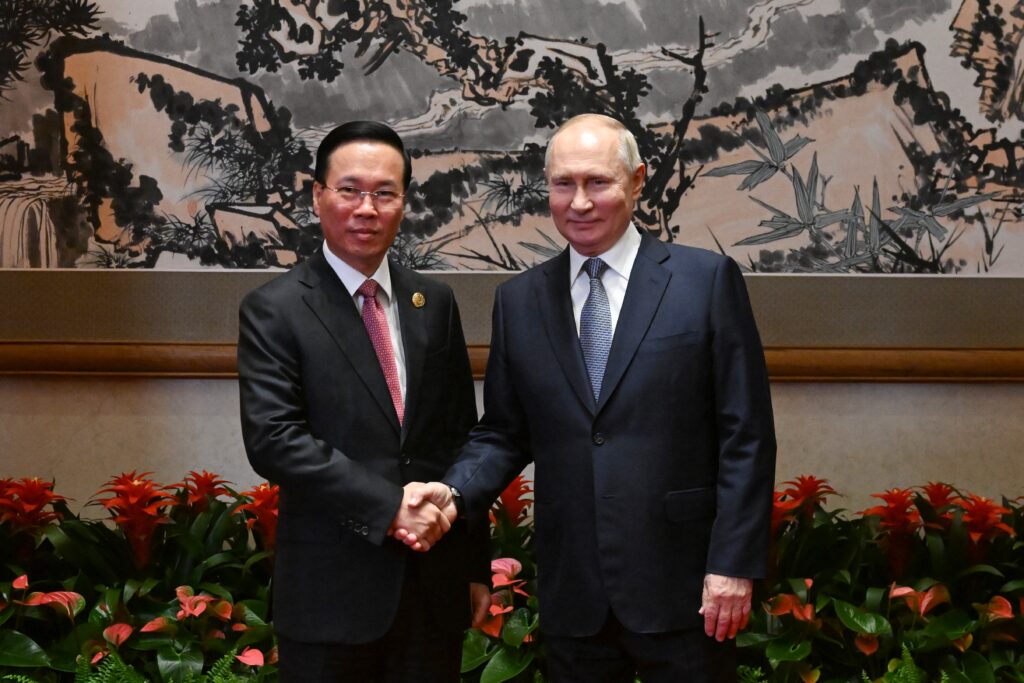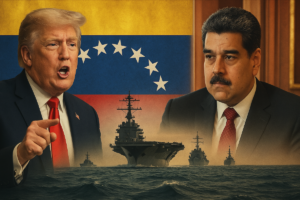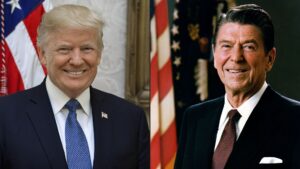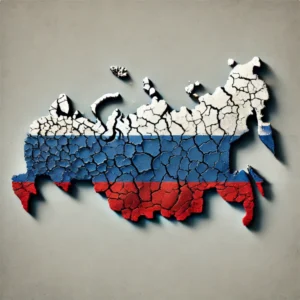- During his visit to Vietnam, Putin proposed an Asia-Pacific alliance in response to Western sanctions.
- Russia is seeking to revive historic ties with Asia, strengthening long-standing partnerships such as with Vietnam to counter Western pressure.
- A possible rapprochement with Vietnam could trigger further friction due to divergent interests and Western resistance.
Vladimir Putin’s recent visit to Vietnam, where he proposed the creation of a “reliable security architecture” in the Asia-Pacific, has caught the world’s attention.
Amid a series of official agreements and ceremonies, the Russian leader clearly signaled his intention to strengthen Russia’s alliances in the region, at a time when relations with the West are deeply strained.
But what exactly does this new security architecture entail? And what are the geopolitical implications of this strategic move? It is important to explore Putin’s motivations, the historical context of these relations, and the potential ramifications of this initiative.

What is the new “security architecture” for Asia that Putin is seeking to establish, and what are its geopolitical implications?
During a state visit to Vietnam in June 2024, Russian President Vladimir Putin declared his intention to build a “reliable security architecture” in the Asia-Pacific region.
This statement, coming just one day after the signing of a mutual defense pact with North Korea, highlights Russia’s strategy of strengthening its alliances in Asia as a counterbalance to Western sanctions and NATO’s growing influence in the region.
During the visit, Russia and Vietnam signed several agreements covering a variety of areas, including the energy sector. Although the 11 agreements signed did not reach the magnitude of the mutual defense pact that Russia formalized with North Korea, Vietnamese President To Lam stated that Vietnam will continue to consider Russia as one of its most important partners, noting that Putin has been instrumental in promoting global peace and stability, he said.
The agreements that Lam and Putin discussed and reached have not yet been made public, but it is known that the leaders focused on areas such as energy, education, science and technology — sectors that have been the target of international sanctions against Russia due to its invasion of Ukraine.
In addition, the two countries agreed to collaborate on developing a plan to create a nuclear science and technology research center in Vietnam.
According to the Russian news agency TASS, Putin said he is deeply committed to expanding the strategic partnership with Vietnam and that this remains a priority for Russia’s foreign policy.
On the other hand, the United States has also been stepping up its efforts to strengthen and establish new partnerships in the Indo-Pacific region, including with Vietnam. Therefore, Putin’s proposal could have important geopolitical consequences for this new security architecture and his foreign policy objectives in Asia.
What is the Background and Why Does the Russian Leader Seek to Strengthen Ties in Asia?
To understand Putin’s motivations, it is crucial to examine the historical context of Russia-Asia relations. During the Cold War, the Soviet Union cultivated close ties with several Asian countries, including Vietnam, which received significant military and economic support from Russia during its conflict with the United States in the 1960s and 1970s. After the collapse of the USSR, Russia maintained these relationships, albeit to a lesser extent.
In recent years, however, Russia has stepped up its efforts to strengthen these alliances. The deterioration of relations with the West, exacerbated by the annexation of Crimea in 2014 and the war in Ukraine that began in 2022, has led to a series of economic and political sanctions against Moscow. In response, Putin has refocused Russian foreign policy eastward, seeking new trade and strategic partners in Asia.
Vietnam, with its shared history of cooperation with the Soviet Union, represents a long-standing ally. Putin’s warm welcome in Hanoi, including a 21-gun military salute and public praise from Vietnamese leaders, underscores the depth of these historic ties and Vietnam’s willingness to strengthen its partnership with Russia despite Western criticism.
Can CRINK expand? How can Vietnam and other countries integrate into this alliance?
The possible addition of Vietnam, a country with ties to both Russia and the West, could represent Putin’s attempt to create a more diverse and resilient network of alliances in Asia.
CRINK, an informal alliance of countries with common geopolitical and economic interests that strongly oppose Western interests (the so-called “New Axis of Evil”), could benefit from the inclusion of new members who share a vision of global multipolarity.
Vietnam, with its geostrategic position in Southeast Asia and its rapid economic growth, would be a good candidate to strengthen such a coalition.
Furthermore, the signing of a mutual defense pact with North Korea demonstrates Russia’s strategy of consolidating a network of security alliances that can counterbalance NATO and US influence in the East. In this way, including Vietnam in this network could provide Russia with an important foothold in Southeast Asia, complementing its already strong partnership with China.
How is Putin using multilateralism and the BRICS to counterbalance the West?
Putin’s attempt to create a multilateral security coalition in Asia also aligns with efforts to strengthen the BRICS, a group of large emerging economies that includes Brazil, Russia, India, China and South Africa. The BRICS have sought to promote a more balanced world order, challenging Western hegemony and advocating for a more balanced multipolar world.
The war in Ukraine and sanctions have isolated Russia from the West, but they have also helped it to reconnect with the BRICS.
The BRICS members, many of which have ambiguous relations with the United States and Europe, offer Russia alternative markets and strategic partnerships that can mitigate the effects of Western sanctions.
By integrating his initiatives in Asia with the broader BRICS objectives, Putin is seeking to build an international support network that can withstand Western pressure.
The involvement of countries such as India and China, both BRICS members, in security initiatives in Asia could also strengthen Russia’s position and provide a basis for economic and military cooperation, despite their complex relations.
What Are the Impacts and Challenges of the New Security Architecture in Asia?
Building an effective coalition will require careful navigation of complex regional dynamics. Vietnam, for example, maintains close relations with the United States, which recently upgraded its diplomatic relations with Hanoi.
Washington has a strategic interest in maintaining Vietnam as an ally in its policy of containing China, and Hanoi’s excessive rapprochement with Moscow could strain that relationship.
At the same time, Vietnam has a history of conflicts with China and a dispute with Beijing in the South China Sea.
In addition, including new members in alliances such as CRINK or expanding the influence of BRICS requires reconciling different national interests and foreign policies.
India, for example, has a complicated relationship with China, which could limit its willingness to participate in a security alliance that includes both countries.
The Western response to these initiatives will also be an important factor. The criticism of Putin’s visit to Vietnam by the United States and the European Union demonstrates the West’s concern about Russia’s strategic moves in Asia.
As such, continued sanctions and diplomatic pressure could hamper Russian efforts to consolidate a multilateral security coalition.
Are We Heading for a New World Order?
Putin’s proposal for a new security architecture in Asia represents a bold attempt to reinforce Russia’s position as an independent global actor and regional leader.
By strengthening historic alliances and seeking new partnerships, Putin is not only responding to Western sanctions, but also promoting a vision of multipolarity that challenges traditional Western hegemony.
However, realizing this vision faces many challenges, including the need to balance divergent interests among potential partners and inevitable Western resistance.
With Russia mired in a quagmire in Ukraine after its illegal invasion of another sovereign country, and constant internal (Wagner rebellion and Islamic terrorism) and external threats to Putin’s government, few Asian countries would be willing to engage in a formal, open, and deep defense alliance with a weakened Russia.









Be First to Comment